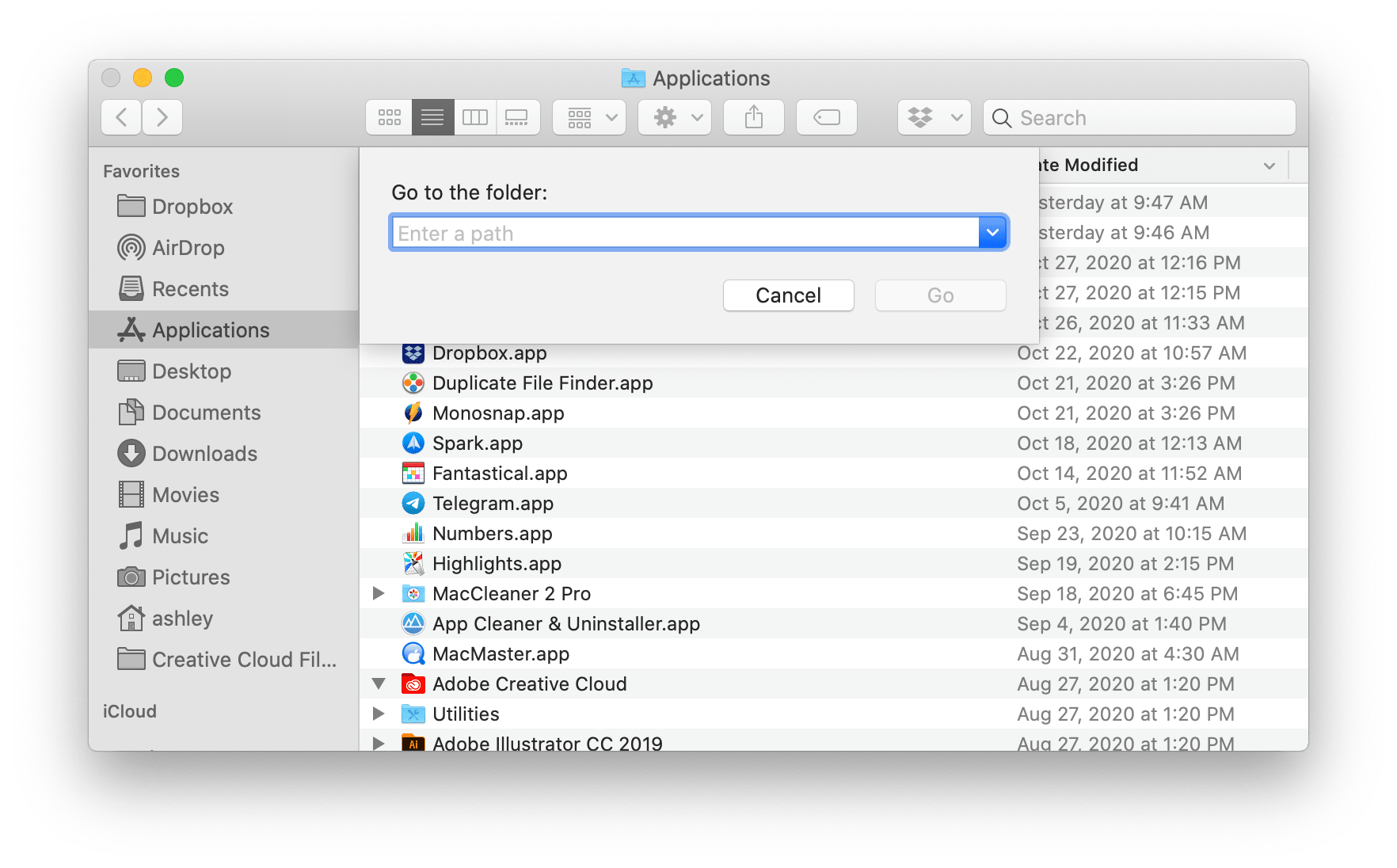
- Uninstall anaconda install#
- Uninstall anaconda update#
- Uninstall anaconda verification#
- Uninstall anaconda download#
- Uninstall anaconda free#
Once it is installed, you can run the following command. If you are no longer using Anaconda and find that you need to uninstall it, you should start with the anaconda-clean module, which will remove configuration files for when you uninstall Anaconda. This will ensure that you are using the latest releases of conda and Anaconda.
Uninstall anaconda update#
Once the update of conda is complete, you can update the Anaconda distribution:Īgain, when prompted to do so, type y to proceed. When prompted to do so, type y to proceed with the update. To do this, you should first update the conda utility: You should regularly ensure that Anaconda is up-to-date so that you are working with all the latest package releases. Now, when you type the conda info -envs command, the environment that you removed will no longer be listed. If you are no longer working on a specific project and have no further need for the associated environment, you can remove it.

You’ll receive output that looks similar to this: We’ll use the sha256sum command along with the filename of the script:
Uninstall anaconda verification#
We can now verify the data integrity of the installer with cryptographic hash verification through the SHA-256 checksum.

We’ll output this to a file called anaconda.sh for quicker use.
Uninstall anaconda download#
Use curl to download the link that you copied from the Anaconda website. This is a good directory to download ephemeral items, like the Anaconda bash script, which we won’t need after running it. Next, change to the /tmp directory on your server. At the time of writing, the latest version is 2020.02, but you should use a later stable version if it is available.
Uninstall anaconda install#
The best way to install Anaconda is to download the latest Anaconda installer bash script, verify it, and then run it.įind the latest version of Anaconda for Python 3 at the Anaconda Downloads page. You can achieve this prerequisite by completing our Ubuntu 20.04 initial server setup guide. Prerequisitesīefore you begin with this guide, you should have a non-root user with sudo privileges set up on your server.

This tutorial will guide you through installing the Python 3 version of Anaconda on an Ubuntu 20.04 server. You can learn more about Anaconda and conda by reading the official Anaconda Documentation. The Anaconda distribution ships with the conda command-line utility.
Uninstall anaconda free#
Offering a collection of over 1,000 data science packages, Anaconda is available in both free and paid enterprise versions. It is commonly used for data science, machine learning, large-scale data processing, scientific computing, and predictive analytics.

Anaconda is an open-source package manager, environment manager, and distribution of the Python and R programming languages.


 0 kommentar(er)
0 kommentar(er)
